ERDs are the blueprint for database design and serve as a communication tool between database designers, developers, and end-users.
Entity-relationship diagrams (ERDs) are visual representations that depict the relationships between entities in a database system. They provide a clear and concise way to illustrate the structure and connections within a database, helping to understand how different entities relate to one another.
ERDis defined as:
- Entities: real-world objects or concepts
- Attributes: define characteristics
- Relationships: depict how entities are connected with one another
These diagrams use various symbols and notations to represent entities, attributes, and relationships, making them easily understandable for both technical and non-technical stakeholders.
Some benefits of ERDs include:
- Database Design and Planning: assist in designing a database structure.
- Identifying Relationships: allows for the identification of relationships between entities.
- Visualizing Complex Systems: simplify complex database systems by presenting them in a visual format.
- Database Maintenance: ERDs serve as a reference for ongoing database maintenance, modifications, and updates, ensuring consistency and integrity.

